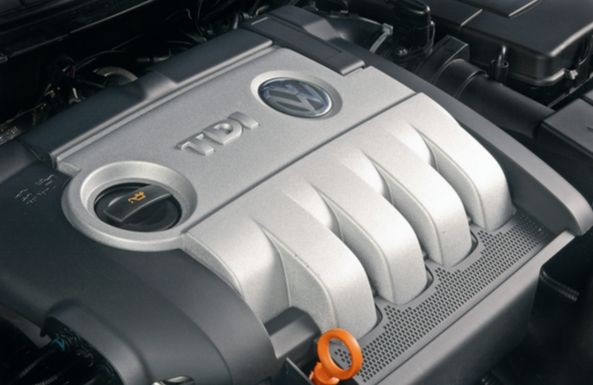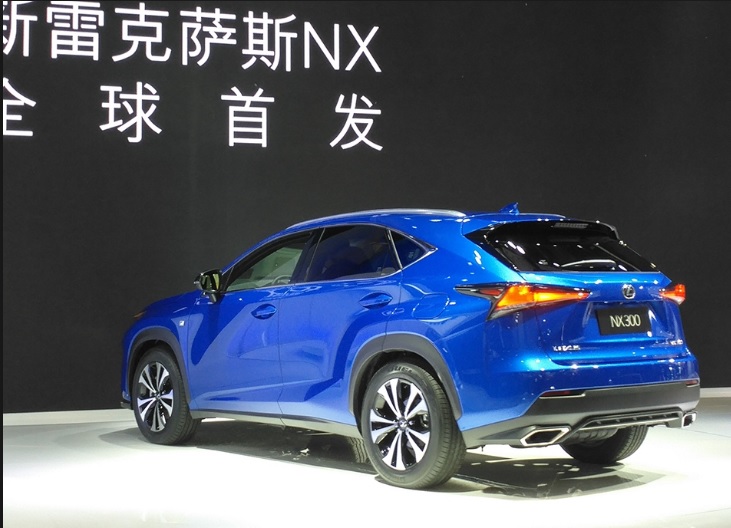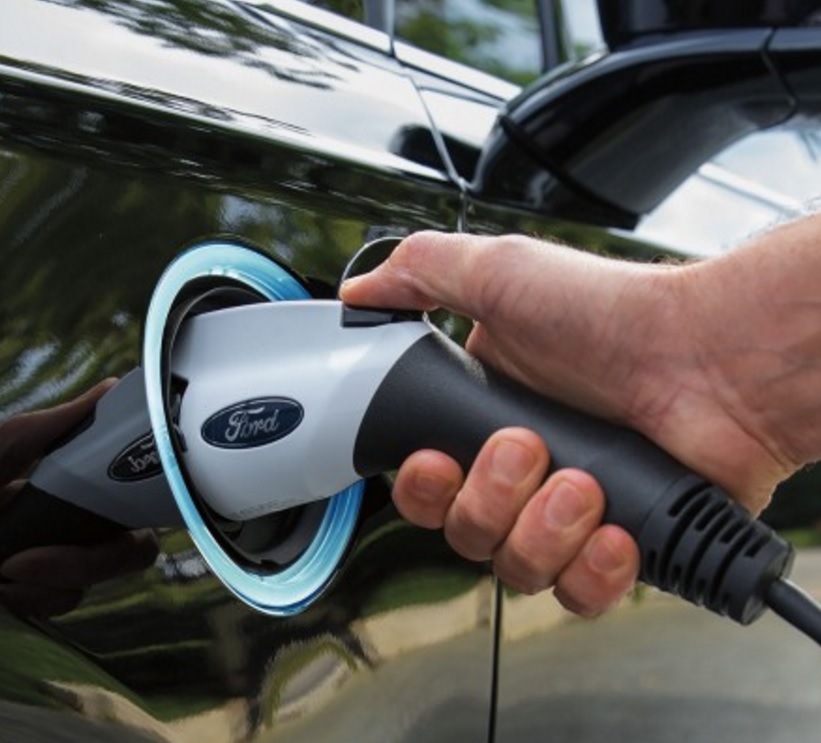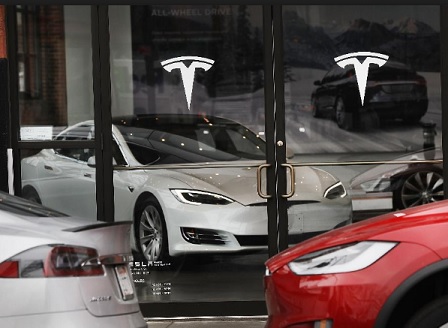by Jon LeSage, editor and publisher, Green Auto Market
Here’s my take on the 10 most significant and interesting occurrences during the past week…….
 VW settles criminal charges: Volkswagen’s guilty plea to three felonies in March resulted in the automaker being sentenced Friday to pay $4.3 billion in fines for importing 59,000 polluting diesel vehicles into the U.S. beginning in 2009. The charges were for conspiracy, obstruction of justice, and introducing imported merchandise into the U.S. by means of false statements. Without the plea deal, VW would have faced potential criminal fines in the cases of between $17 billion and $34 billion. In a federal courtroom in Detroit, U.S. District Judge Sean Cox called VW’s actions a “deliberate, massive fraud perpetrated by VW management. We don’t know how far up the corporate ladder it goes. Hopefully, the DOJ, and more hopefully, the German government, will continue to investigate and prosecute” those responsible. That ends prosecution by the federal government, but buybacks aren’t yet completed and civil suits continue in the U.S.; criminal investigations continue in other countries, including Germany.
VW settles criminal charges: Volkswagen’s guilty plea to three felonies in March resulted in the automaker being sentenced Friday to pay $4.3 billion in fines for importing 59,000 polluting diesel vehicles into the U.S. beginning in 2009. The charges were for conspiracy, obstruction of justice, and introducing imported merchandise into the U.S. by means of false statements. Without the plea deal, VW would have faced potential criminal fines in the cases of between $17 billion and $34 billion. In a federal courtroom in Detroit, U.S. District Judge Sean Cox called VW’s actions a “deliberate, massive fraud perpetrated by VW management. We don’t know how far up the corporate ladder it goes. Hopefully, the DOJ, and more hopefully, the German government, will continue to investigate and prosecute” those responsible. That ends prosecution by the federal government, but buybacks aren’t yet completed and civil suits continue in the U.S.; criminal investigations continue in other countries, including Germany.- Speeding up Model 3 production: Tesla will begin volume production of the Model 3 in September by streamlining the tooling process, which runs the risk of facing recalls or warranty repairs. On an investor conference call last month, CEO Elon Musk said the company would skip the usual auto manufacturing procedure, which he called “beta,” to speed up production. Musk said he would instead use “advanced analytical techniques,” which are computer simulations, to speed up the process. Automakers usually test a cheaper prototype model to make sure parts and components fit correctly, adding time and cost to the process but also guaranteeing a higher level of vehicle reliability. Musk has promised to ramp up vehicle production fivefold next year, producing and selling 500,000 vehicles a year by 2018 as the Model 3 enters the market.
- More Pacifica plug-ins going to Waymo: Fiat Chrysler Automobiles is providing another 500 Chrysler Pacifica plug-in hybrid minvans to Waymo’s self-driving vehicle test project. Last year, FCA delivered 100 of these vehicles that Waymo that both companies equipped with its autonomous technology. Waymo had worked with FCA engineers at a Michigan facility to modify the vehicle’s with the technology. Waymo is also planning on opening up test rides to the public, starting in Phoenix.
- Amazon goes autonomous: Amazon is entering the autonomous technology sector by testing out applications to make its product deliveries become faster and more convenient for customers. Details aren’t coming out yet on what the team of a dozen employees is working on but it could be an autonomous fleet of delivery trucks. The internet giant is interested in autonomous trucking for its own deliveries and possibly to sell transport services to other companies such as UPS and FedEx. In January, the company secured a patent for a network that helps autonomous vehicles adjust in changing driving environments.
- AAA study on EV interest: A new AAA study found that 30 million Americans say they’re likely to buy an electric vehicle, with members of the Millennial generation especially interested with 20% wanting to go that route. But the study also found that the interest level hasn’t yet turned into EV sales for most of them. AAA said that concerns include range anxiety, lack of charging stations, and running out of battery power before the end of their drive. Low ownership costs and emerging technologies will improve their sales in the future, according to AAA.
- EV Roadmap in Portland: EV Roadmap 10 invites participants to “test drive the future,” learning from industry leaders as well as the leading communities and regional markets. The conference will be held June 20-21 in Portland, Ore., and will be organized around three tracks: Cars, focusing on the accelerating adoption of electric cars and other EVs. Charging infrastructure, which is evolving quickly to meet the needs of millions of new electric vehicle drivers. Community will focus on the broader “ecosystem” needed for the market to expand. Sessions will include an in-depth discussion of the Electrify America plan, programs designed to bring electric mobility benefits to underserved communities, and analysis of how electric vehicle adoption can lower electricity rates. You can register for the event online.
- Penske again named to SmartWay winners: Penske Truck Leasing has, for the fifth straight year, been given the SmartWay Affiliate Challenge Award by the U.S. Environmental Protection Agency (EPA). Penske is one of nine organizations to receive this honor. The SmartWay Affiliate Challenge is a national challenge developed by the EPA to acknowledge organizations that are contributing to a clean energy economy by reaching out to inform and educate businesses, their communities, truck drivers and other stakeholders about steps they can take to reduce freight emissions and their other environmental impacts. Here’s the list of winners. “EPA commends the SmartWay Affiliate Challenge honorees for their extraordinary level of commitment and enthusiasm in supporting more efficient and sustainable business practices in moving goods,” said Christopher Grundler, director of the EPA’s Office of Transportation and Air Quality. “These organizations represent diverse industry sectors and stakeholders who believe that American prosperity can be preserved while protecting the environment.”
- Next Generation Mobility Challenge: Toyota and Net Impact announced three finalist groups for the Next Generation Mobility Challenge, which focuses on developing solutions for critical mobility needs in local communities around the world. The winning team will be announced in early summer, and finalists were named to the list based on project design, feasibility, and social impact. The finalists are: “The Hub” – a carpooling concept based in school communities that would be more efficient than public transit and allow commuting parents to spend more time with their families, featuring students from California College of the Arts and UC Berkeley; “Project Mobius” – a company-sponsored employee transportation system for low-income individuals to help them acquire and retain jobs while boosting employee loyalty and reducing environmental impact, featuring students from University of Colorado; and “Para Pickup” – a service that gives people with disabilities safe, affordable and flexible ways to get home, improving on current options which can be inflexible and slow, featuring students from Georgia Tech.
- Fuel cell truck test: Toyota announced “Project Portal,” a hydrogen fuel cell system designed for heavy duty truck use at the Port of Los Angeles. The zero-emission truck proof of concept will take part in a feasibility study examining the potential of fuel cell technology in heavy duty applications. The study will begin this summer and contribute to the Port’s Clean Air Action Plan, which has dramatically reduced harmful emissions from operations at the Ports of Long Beach and Los Angeles since 2005.
- Propane autogas in Europe: European Alternative Fuels Observatory (EAFO) published a special edition of its report on the role propane autogas vehicles have played in the region in recent years. It’s the most widely used alternative fuel in Europe now with more than 12 million passenger vehicles placed in fleets as of 2015. Turkey has 35% of these vehicles with over four million vehicles. Italy and Poland join Turkey in being the only countries with over one million propane-powered passenger vehicles on their roads. Turkey also has the largest number of propane fueling sites, with over 10,000 stations. Germany has the second highest number of propane autogas stations despite having only the fourth largest propane-powered fleet in the region.

 Auto Shanghai 2017 has been full of “new energy vehicle” announcements for the Chinese market from major and startup automakers. General Motors has plans to launch 10 all-electric and plug-in hybrid models by 2020. Ford, Volkswagen, and Nissan, all have aggressive plans for the market. Chinese startup NextEV displayed 11 vehicle concepts from its all-electric NIO brand.
Auto Shanghai 2017 has been full of “new energy vehicle” announcements for the Chinese market from major and startup automakers. General Motors has plans to launch 10 all-electric and plug-in hybrid models by 2020. Ford, Volkswagen, and Nissan, all have aggressive plans for the market. Chinese startup NextEV displayed 11 vehicle concepts from its all-electric NIO brand. Ford joining China EV market: Ford Motor Co. is now in agreement with Daimler, Tesla, and General Motors on the importance of China in the global electric vehicle market.
Ford joining China EV market: Ford Motor Co. is now in agreement with Daimler, Tesla, and General Motors on the importance of China in the global electric vehicle market.  If you’re looking to add cleantech stock to your portfolio, is there anything to buy beyond Tesla Inc.
If you’re looking to add cleantech stock to your portfolio, is there anything to buy beyond Tesla Inc.